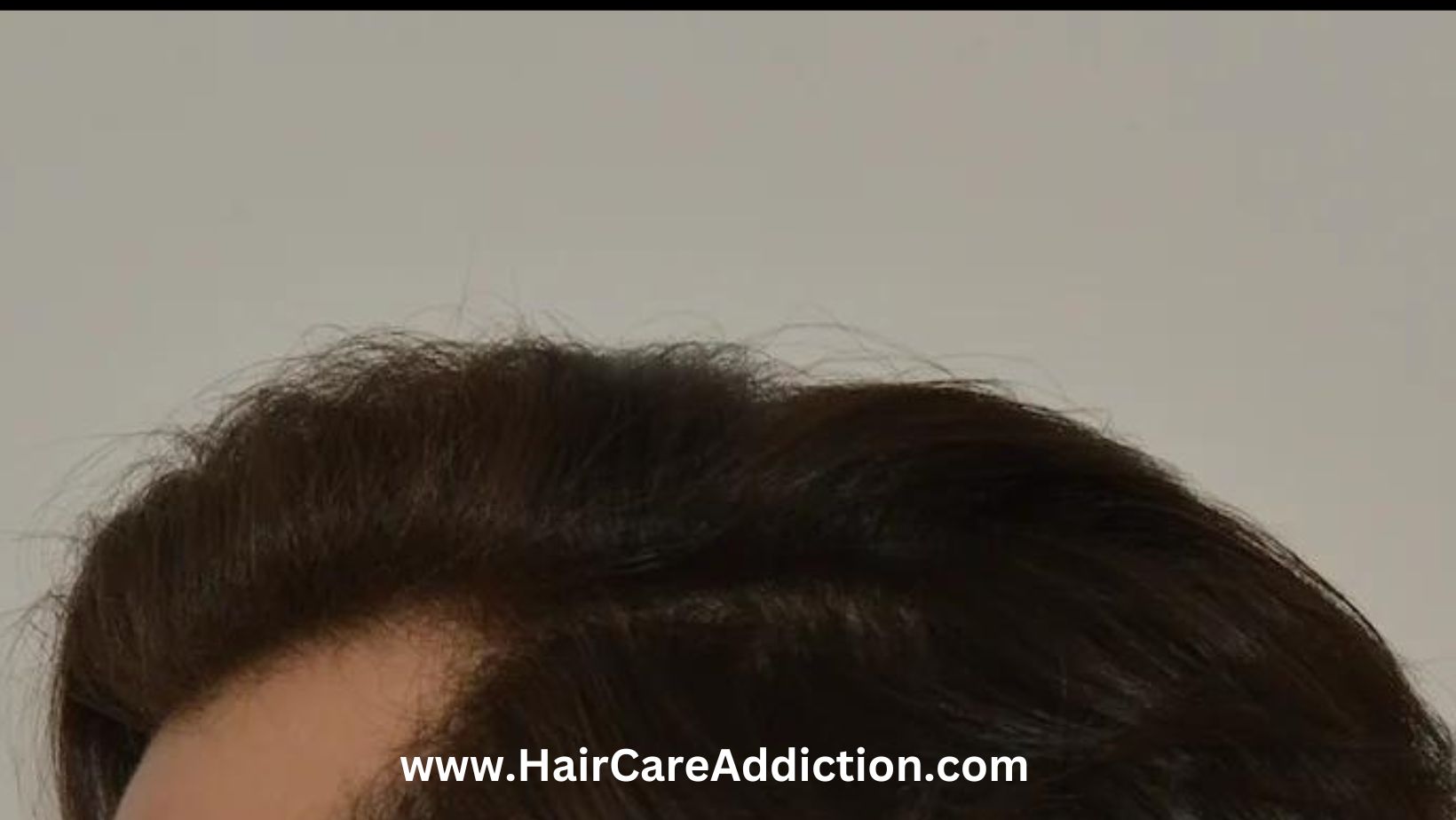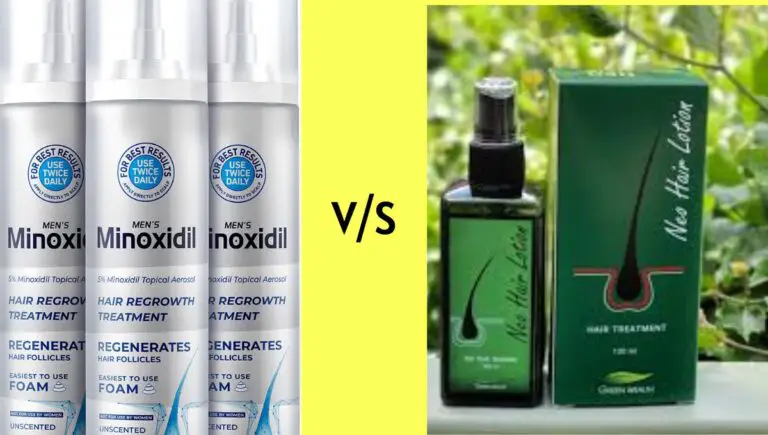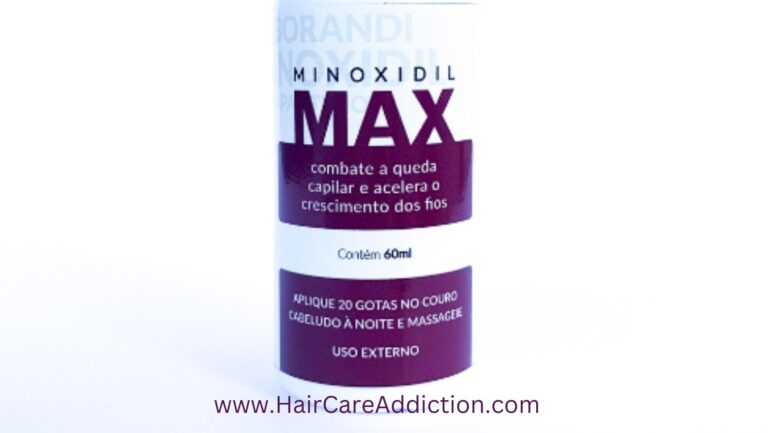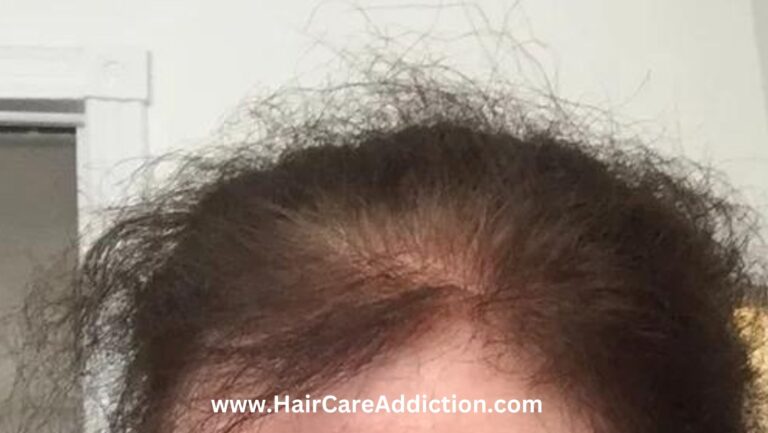Finasteride Non Responder: What Are Your Options?

You may have heard of finasteride as a possible treatment option if you have androgenetic alopecia (AGA), also known as male pattern baldness.
Finasteride is a medication that prevents testosterone from being converted into dihydrotestosterone (DHT), the hormone that causes hair follicles to shrink and eventually stop producing hair.
Finasteride is FDA-approved for the treatment of AGA and has been shown to be effective in many patients in slowing or stopping hair loss and regrowing some hair.
However, up to 50% of AGA patients do not respond satisfactorily to Finasteride, they are Finasteride Non-responder.
In this article, we’ll talk about Finasteride Non Responder, what it is and how to know if you’re non-responder. Also, we’ll provide best alternative to finasteride for hair loss treatment.
What is Finasteride Non Responder?
A “Finasteride Non Responder” is someone who does not respond satisfactorily to Finasteride treatment for Androgenetic Alopecia (AGA).
According to some studies, up to 50% of AGA patients do not respond satisfactorily to finasteride, which means they continue to lose hair or show no significant improvement after taking the drug for at least a year.
If you are one of these finasteride nonresponders, you may be wondering what your options are and whether your hair can be saved.
Finasteride Alternative

The good news is that, depending on the severity of your hair loss, your budget, and your preferences, there are other options available for finasteride nonresponders. Here are a few of the most common:
#1 Dutasteride
Dutasteride, like finasteride, inhibits the enzyme that converts testosterone to DHT, but it does so more effectively.
Dutasteride has been shown to result in greater DHT reductions and is useful in finasteride nonresponders.
Dutasteride, on the other hand, is not FDA-approved for the treatment of AGA and may have more side effects than finasteride, including decreased libido, erectile dysfunction, gynecomastia, and an increased risk of prostate cancer.
As a result, dutasteride should only be used under the supervision of a doctor and after carefully weighing the benefits and risks.
#2 Minoxidil
Minoxidil is a topical solution or foam that increases blood flow to the scalp and hair follicles while also stimulating nutrient delivery.
To enhance the effects of finasteride or dutasteride, minoxidil can be used alone or in combination.
Minoxidil is an FDA-approved treatment for AGA that has been shown to slow or stop hair loss and regrow some hair in many patients.
Minoxidil, on the other hand, must be applied twice daily for life and can cause scalp irritation, itching, dryness, flaking, and unwanted hair growth on other parts of the body.
#3 Dermarolling
Dermarolling is a technique that involves rolling a device with tiny needles across the scalp to create micro-injuries.
This promotes the healing process as well as the production of collagen and growth factors, which may aid in hair growth.
Dermarolling can be used alone or in tandem with minoxidil or other topical treatments to improve absorption and effectiveness.
Dermarolling has been shown in some studies to improve hair density and thickness, but it can also cause pain, bleeding, infection, scarring, and inflammation.
#4 Hair transplant
A hair transplant is a surgical procedure that involves moving healthy hair follicles from one part of the scalp (usually the back or sides) to another part of the scalp (usually the front or top) where hair is thinning or missing.
Hair transplantation can provide a permanent solution to hair loss while also producing a natural-looking result.
However, hair transplantation is costly, invasive, requires multiple sessions, and can result in scarring, infection, swelling, numbness, and shock loss.
#5 Hair systems
Hair systems are non-surgical solutions that involve wearing a custom-made wig or toupee that covers the balding areas of the scalp.
Hair systems can give the appearance of having a full head of hair in an instant.
Hair systems, on the other hand, are expensive, necessitate regular maintenance and replacement, and may cause side effects such as scalp irritation, infection, allergic reaction, and psychological dependence.
Conclusion
As you can see there are many alternative to Finasteride.So, do not give up if you are a non-responder to finasteride.
You have other options for treating your hair loss and improving your appearance and confidence.






